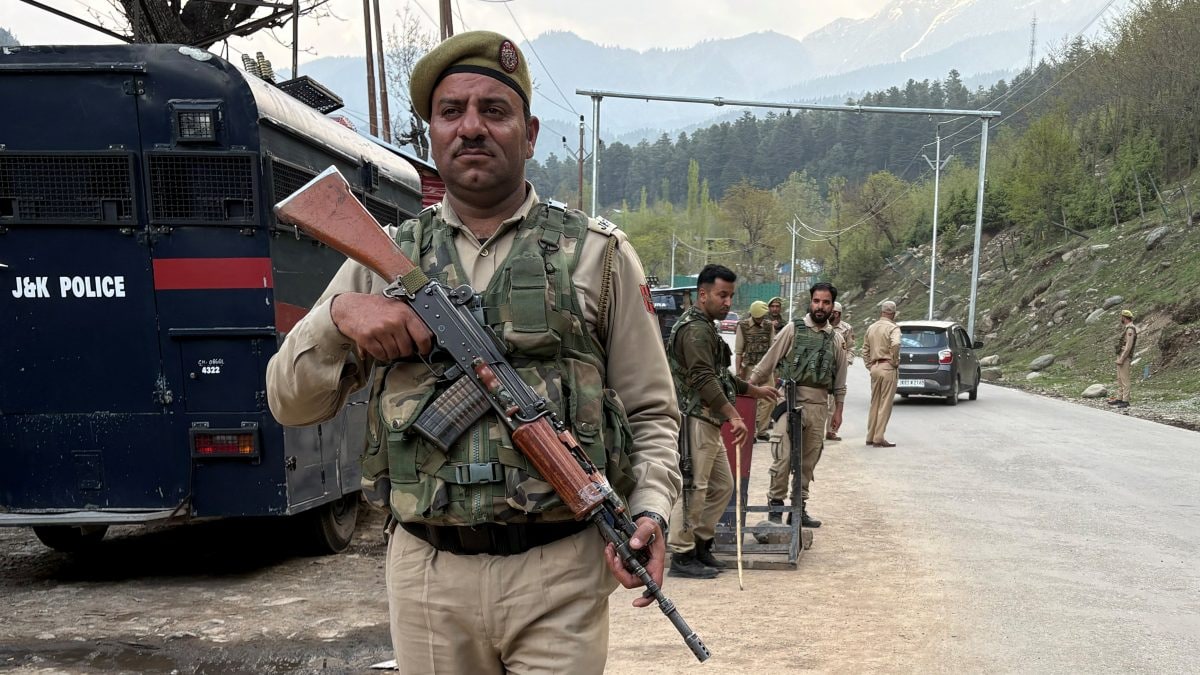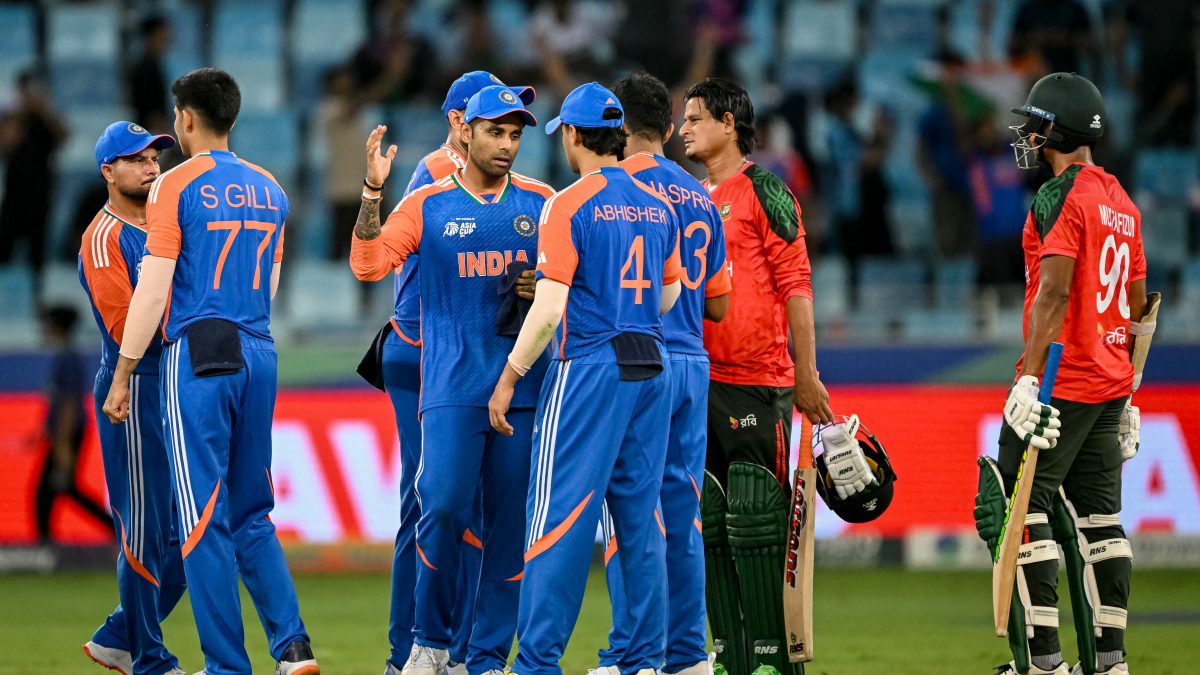Passive Euthanasia legalised latest updates: The Centre, had earlier raised objections to legalising the concept of ‘Living Will’. It pointed out that this may lead to the abuse and neglect of the elderly, especially if they were financially well-off. Meanwhile, medico legal experts also pointed out that such a provision could but psychological, societal pressure on such patients to cut medical expenses.
Senior lawyers and medical practitioners across the country on Friday hailed the Supreme Court’s judgment on passive euthanasia. Lawyer Prashant Bhushan said that the constitution bench has cleared all the air on passive euthanasia. Doctors also recalled the death of 66-year-old nurse Aruna Shanbaug, who had sparked a national debate over the legalisation of euthanasia.
Elaborating the court’s stand on passive euthanasia, Justice AK Sikri, in his separate opinion, said that even though religion, law, philosophy, morality and society share conflicting opinions on the right to life and if it includes the right to death as well, they all concur that a person should be able to die with dignity, reported The Hindu.
In its judgment on “living will” authorising passive euthanasia, the apex court detailed that the fundamental right to a meaningful existence included a person’s choice to die without suffering. CJI Dipak Misra also detailed how pressure from society and fear of criminal liability led to prolonging a patient’s suffering, resulting in his/her “undignified death”.
The Supreme Court on Friday said that a person can make an advance “living will” authorising the withdrawal of all life support system if in the opinion of doctor he has reached an irreversible stage of terminal illness.
While allowing a person to make a living will, a five judge Constitution Bench headed by Chief Justice Dipak Misra, however, attached strict conditions for executing “a living will that was made by a person in his normal state of health and mind”.
The landmark judgment by the five-member Constitution bench also laid down guidelines governing execution and enforcement of living wills, as well as the procedure to be followed for passive Euthanasia in case there is no living will/advance directive. The bench, comprising Chief Justice of India Dipak Kumar Misra, Justice AK Sikri, Justice AM Khanwilkar, Justice DY Chandrachud and Justice Ashok Bhushan, passed the verdict on the plea to allow “living will” that will authorise the withdrawal of all life support systems if in the opinion of the doctors he has reached an irreversible stage of terminal illness.
The Supreme Court said it has laid down guidelines on who would execute the will and how nod for passive euthanasia would be granted by the medical board. The top court further added that its guidelines and directives shall remain in force till a legislation is brought to deal with the issue. CJI Misra said other members of the five-judge Constitution bench have concurred on the guidelines and directives passed by it.
Breaking: Supreme Court allows Passive Euthanasia; Also gives sanction to living will; issues guidelines governing execution of living will and also passive euthanasia in the absence of living wills.
— Bar and Bench (@barandbench) March 9, 2018
Human beings have the right to die with dignity: Supreme Court after allowing passive #Euthanasia with guidelines.
— ANI (@ANI) March 9, 2018
Supreme Court says passive #Euthanasia is permissible with guidelines. pic.twitter.com/cOcQu8VbUN
— ANI (@ANI) March 9, 2018
While reserving the order on 11 October, 2017, the Constitution Bench had observed that the right to die in peace could not be separated from Right to Life under Article 21 of the Constitution. This fuelled speculation that the court allow the right to make “living will”, which allows a person to opt for passive euthanasia in the event of irreversible serious illness, by putting in place strict conditions including a medical board certifying that a person is in an irreversible state of terminal illness.
An NGO Common Cause had moved the top court way back in 2005 seeking right to make a living will authorising withdrawal of life support system in the event of will makers reaching irreversible vegetative state.
The central government had in the course of hearing of the matter by a five-judge Constitution Bench told the top court that passive euthanasia was the law of the land with safeguards by virtue of an earlier 2014 judgement of the top court in Aruna Shanbaug case.
The top court by its order on 7 March, 2014, in Aruna Shanbaug case had permitted passive euthanasia under certain circumstances, provided it was backed by the permission of the high court. The Centre had also told the Constitution Bench that a draft bill permitting passive euthanasia with necessary safeguards was already before it for consideration.


)
)
)

)
)
)
)
)
)
)
)



